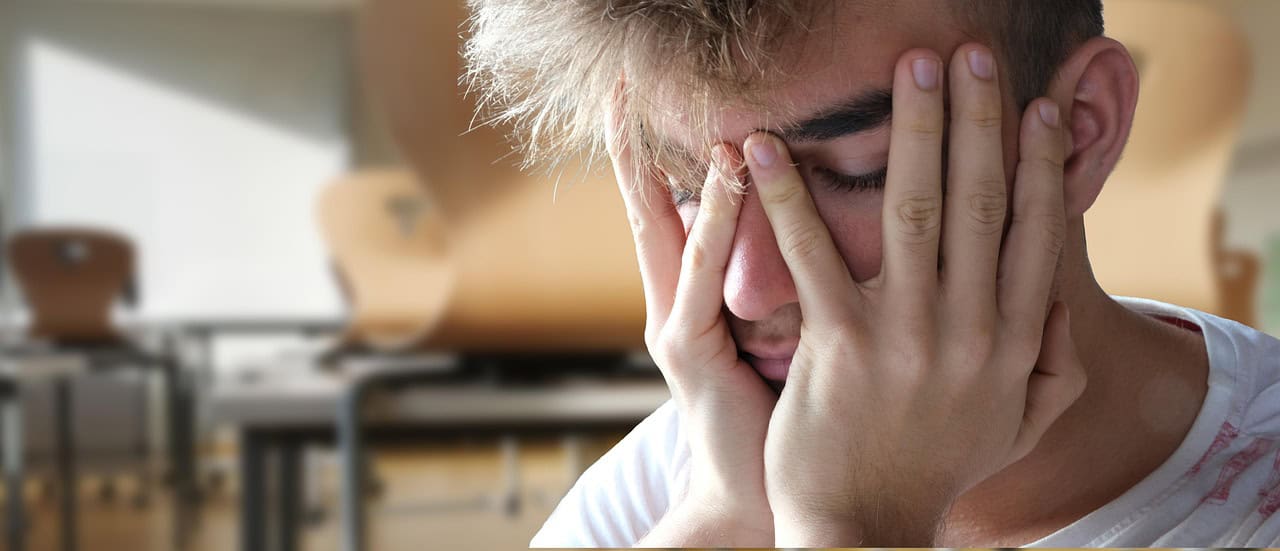5 Grounding Techniques That Can Calm Anxiety Instantly
If anxiety were a houseplant, it would be that one obnoxious vine that’s taken over your windowsill, wrapped around your furniture, and even manages to secure a lease agreement because it’s clearly not going anywhere. You water it unintentionally when you fixate on endless “what-ifs” and scenarios that make “Mission Impossible” look tame. I get it, me and anxiety? We’re in quite the toxic relationship. But don’t worry, this isn’t your forever life; you can snip those vines. Where to start? Enter grounding techniques for anxiety, the gardener’s shears of the mental health world, if you will.
These techniques don’t just swat at anxiety symptoms; they zero in where it hurts most. They bring you back to the present moment, leaving less room for intrusive thoughts to set up camp rent-free. Whether your anxiety is leaping off trampolines or it’s that low-grade, constant buzzing in the background, grounding techniques can be your superpower for taking control!
Using Grounding Techniques To Help Calm Anxiety
What is Grounding, and Why Does It Work on Anxiety?
Grounding is like hitting “ctrl+alt+delete” for your brain, resetting your nervous system from its anxious chaos. Scientifically speaking, anxiety revs up your sympathetic nervous system. You know, the fight-or-flight mode that’s perfect for outrunning a zombie but overkill when answering an urgent email, or if you’re like me, a dreaded phone call! Grounding techniques help flip the switch, activating your parasympathetic nervous system instead. That’s the “rest-and-digest” mode, better suited for things like deep breaths, calm mornings, and not spontaneously combusting mid-meeting.
Beyond the physical, grounding works because it distracts you! When your brain latches onto an anxious thought, it’s like feeding Gremlins after midnight. Grounding says, “Not today, anxiety,” and redirects your attention to something neutral, like describing your surroundings or counting backward from 100!
Physical Grounding Techniques
Physical grounding = engaging your senses = making anxiety take a seat.
When your body feels overwhelmed, these tactile and sensory strategies can help bring you back to earth quicker than a bad first date. Personally, this first one is my ultimate go-to.
The 5-4-3-2-1 Method
Spot five things you can see, four things to touch, three to hear, two to smell, and one to taste. Not only does this get you pretty intimate with your surroundings, but it also disengages your mind from that doomsday spiral!
Progressive Muscle Relaxation
Start by squeezing all the tension into your toes and then slowly move upward, relaxing as you go. Think of tension leaving your body like it’s fleeing a house fire!
The Ice Cube Trick
Hold an ice cube on the back of your neck or squeeze it between your hands. You can even use really cold water on your wrist, which is a trick I’ve used several times. The jolt of cold will snap your body out of its panic loop like a shock collar (a gentler, less weird version, obviously).
Sour Candy Surprise
If it’s available, pop a sour candy in your mouth and feel the zing cut through the fear. Not only does it distract you, but it’ll also wake up your taste buds like they’ve just received a new lease on life.
Spot the Colors in Your Environment
Quick! How many shades of blue can you see in the room? Can you name different shades of green? Sitting screaming on the subway? No problem; suddenly, your mind races about colors, not catastrophes.
Why These Grounding Techniques Are More Than Just Coping Tools
Here’s the deal with anxiety. It snowballs. One whisper of “you forgot to…” turns into mental avalanches faster than you can say, “I’ll deal with this tomorrow.” Grounding techniques not only stop the snowball in its tracks but also teach your brain to chill out over time (neuroplasticity, people!).
Feeling anxious 24/7? Trying a million grounding techniques isn’t a cure-all, but integrating them into your daily routine is like slowly building a moat around Anxiety Castle. The idea is to become so good at grounding that anxiety barely gets through the door.
Final Thoughts
If you’re dealing with anxiety, please know this: you’re not weak. You’re not broken. You’re a human being navigating a tough moment, and you deserve compassion, not criticism. That said, if anxiety is crashing every party you throw, grounding can be a Band-Aid, but it might not be the whole first-aid kit. Don’t hesitate to reach out to a pro if you need a little extra (okay, a lot) help shutting down that loud inner critic.
Fellow anxiety warriors, the ground is calling. And who knows? If you ground yourself often enough, “anxious you” might just become “annoyingly zen you.” Wouldn’t that be amazing? I think that would be pretty amazing!






